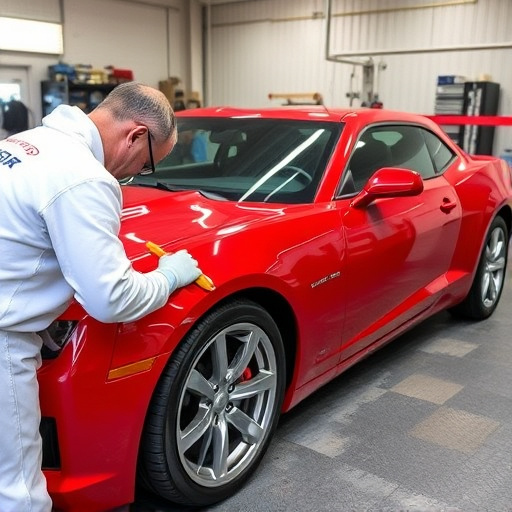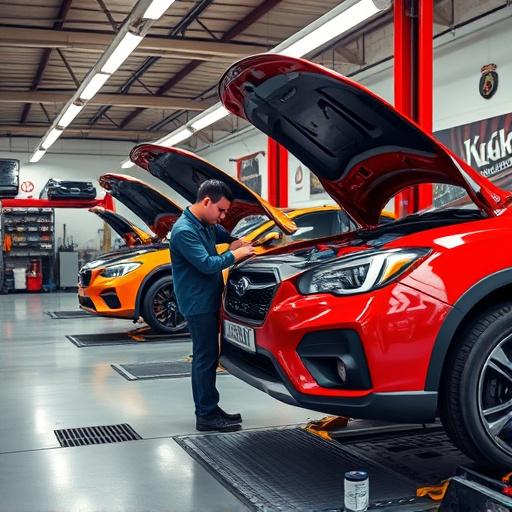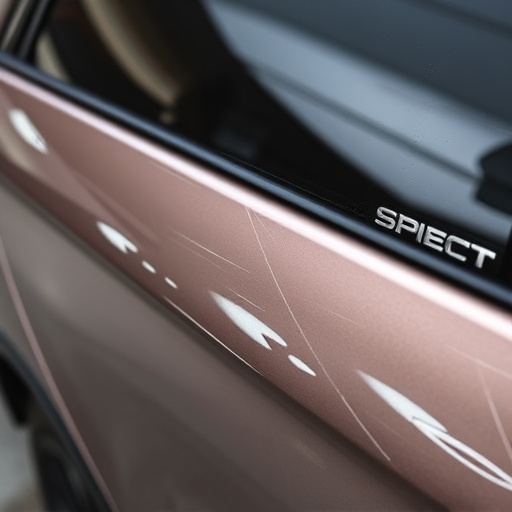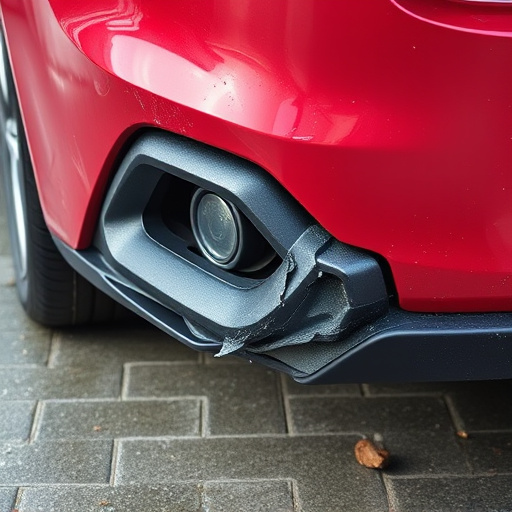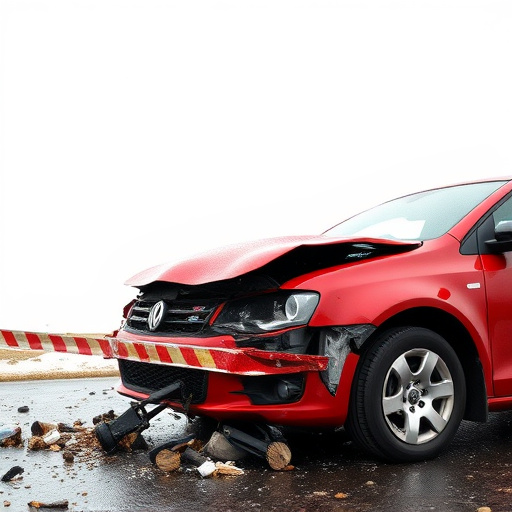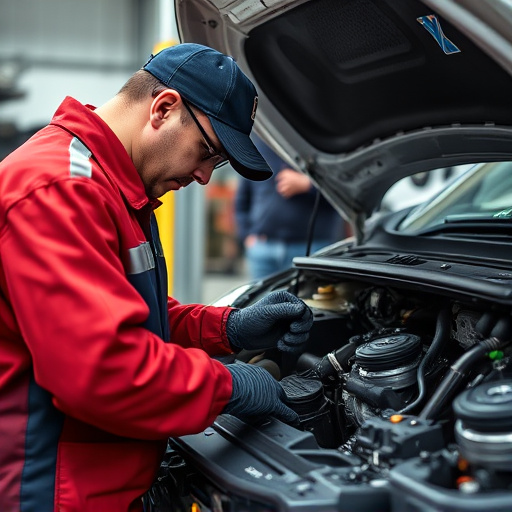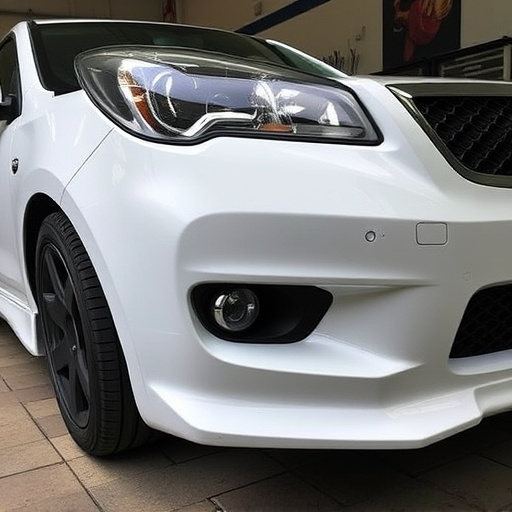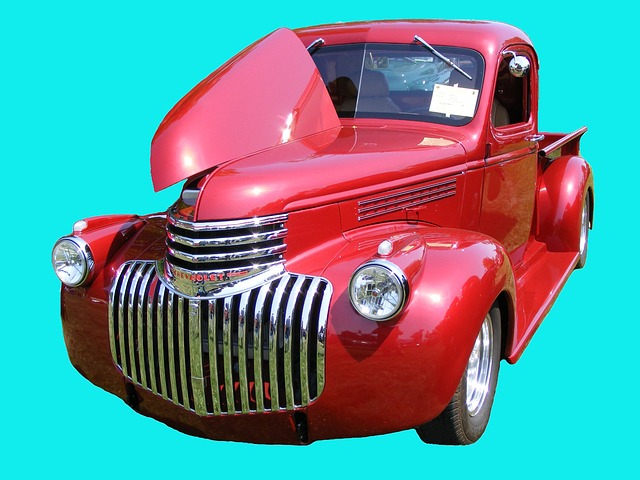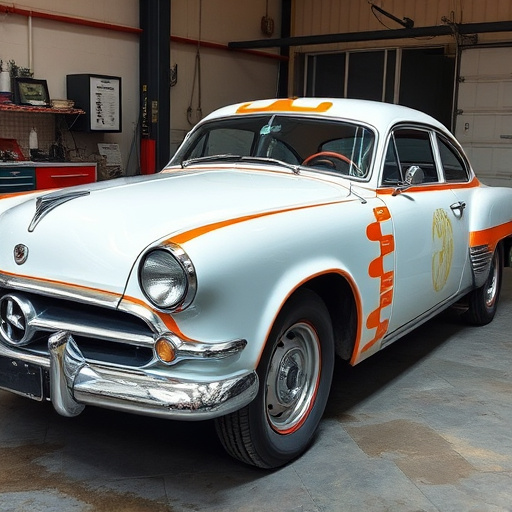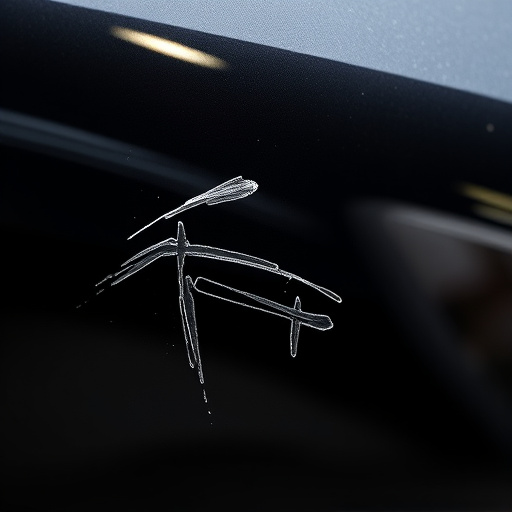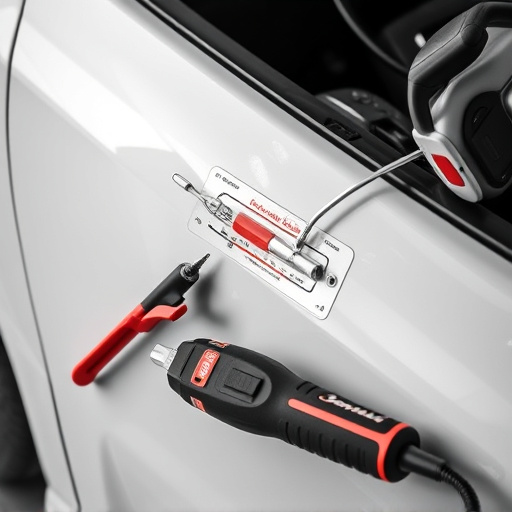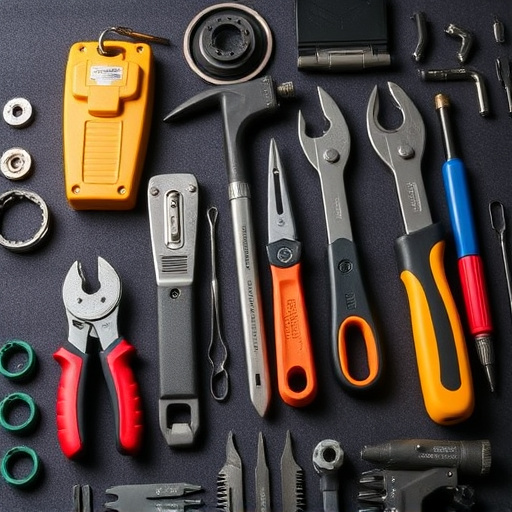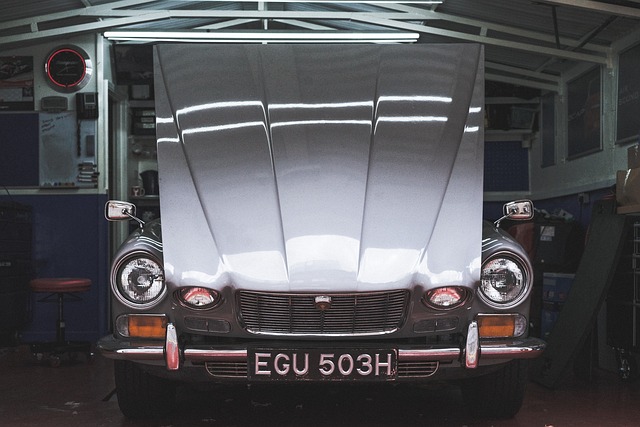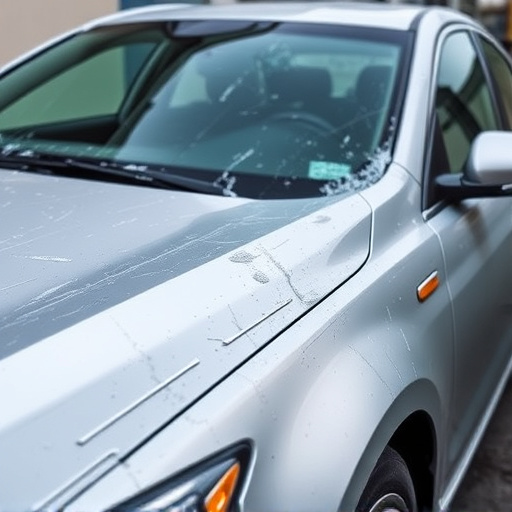Meticulous inspection for dents, cracks, misalignments in fender, bumper, and grille is essential for assessing towing or lift damage on a Tesla Model S. Consulting a qualified automotive body shop ensures accurate diagnosis and efficient repair, maintaining structural integrity and safety standards. Tesla Model S front end repair involves identifying and repairing minor issues with dent removal tools, disassembling components, straightening panels, replacing broken parts, and realigning structures. Post-repair, proper alignment checks for suspension, headlights, and critical parts are vital to prevent safety hazards and extend the lifespan of auto body work. Fasteners and bolts should also be verified for integrity to ensure safe driving and peak performance after Tesla Model S front end repair.
“Experiencing damage to your Tesla Model S front end after towing or lift mishaps? This comprehensive guide is your go-to resource. We’ll walk you through assessing and repairing common front end issues, ensuring a safe and precise process. From identifying tow or lift damage to proper alignment checks, this article covers the essential steps for restoring your Tesla’s frontal integrity. Learn how to tackle these repairs yourself or understand when professional intervention is key.”
- Assessing Towing or Lift Damage to Tesla Model S Front End
- Steps for Repairing the Tesla Model S Front End
- Ensuring Proper Alignment and Safety After Front End Repair on Tesla Model S
Assessing Towing or Lift Damage to Tesla Model S Front End

When it comes to assessing towing or lift damage on a Tesla Model S front end, meticulous inspection is key. Start by examining the fender for any dents, cracks, or misalignments. The front bumper and grille should also be checked for signs of impact, as these components are integral to the vehicle’s aerodynamic profile and overall aesthetics. A close look will help identify subtle deformities that might not be immediately apparent.
Consulting a qualified automotive body shop or collision repair center is highly recommended for accurate diagnosis and efficient Tesla Model S front end repair. These professionals have the tools and expertise to assess damage, replace affected parts (like fenders if needed), and ensure the vehicle’s structural integrity and safety standards are met.
Steps for Repairing the Tesla Model S Front End

Repairing the front end of a Tesla Model S after towing or lift damage involves several meticulous steps to ensure precision and restoration. First, assess the extent of the damage, identifying any dents, cracks, or misalignments in the grill, bumper, and surrounding panels. For minor dents and dings, dent removal techniques using specialized tools can restore the original shape without affecting the vehicle’s sleek design.
The auto bodywork process begins with careful disassembly of the front end components, allowing access to the damaged areas. Repairs may include straightening bent panels, replacing cracked or broken parts, and realigning misaligned structures. Once all damaged sections are addressed, meticulous auto body work ensures a seamless finish, blending the repaired areas seamlessly with the rest of the vehicle’s exterior. Finally, applying high-quality paint to match the Tesla Model S’s distinctive finish completes the front end repair, restoring both functionality and aesthetic appeal.
Ensuring Proper Alignment and Safety After Front End Repair on Tesla Model S

After completing a Tesla Model S front end repair due to towing or lift damage, ensuring proper alignment and safety is paramount. The front end of a Tesla Model S is a complex system that includes precise suspension components, headlights, and other critical parts. Any misalignment could lead to handling issues, reduced visibility, and potential safety hazards. Therefore, it’s crucial to have a qualified technician perform a thorough inspection post-repair to ensure all components are correctly aligned and functioning optimally.
Proper alignment not only guarantees the vehicle handles smoothly and securely but also extends the lifespan of other related auto body work and car body repair parts. In addition to alignment checks, inspect for any signs of stress or damage to the front end assembly. This includes verifying the integrity of bolts, welds, and other fasteners that were potentially affected during the initial repair process. By addressing these aspects, owners can rest assured their Tesla Model S is safe to drive and will continue to perform at its best after repairs.
In conclusion, repairing a Tesla Model S’s front end after towing or lift damage involves careful assessment, precise alignment, and adherence to safety standards. By following the outlined steps, owners can effectively restore their vehicle’s aesthetic and structural integrity. Remember that proper alignment is crucial for optimal performance and driver safety, making it a vital step in the repair process for any Tesla Model S front end repair.
